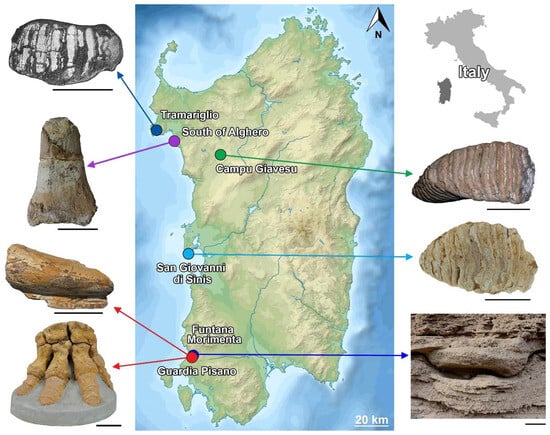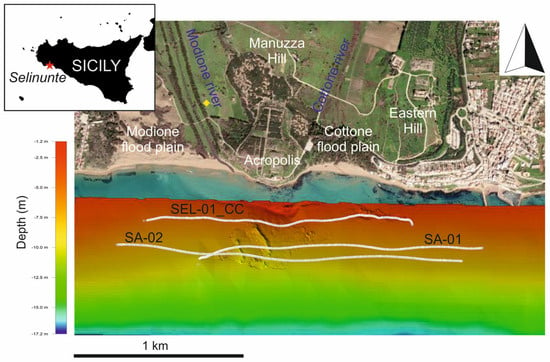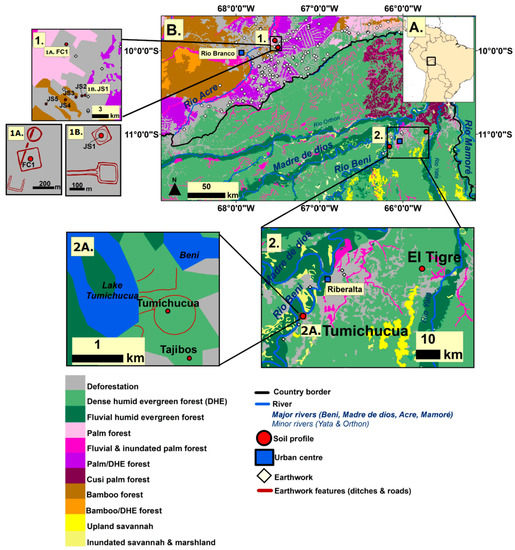Exclusive Collection: Papers from the Editorial Board Members (EBMs) of Quaternary
A topical collection in Quaternary (ISSN 2571-550X).
Viewed by 8999
Editor
Interests: palynology and paleoecology applied to plant ecology; evolution and biogeography
Special Issues, Collections and Topics in MDPI journals
Topical Collection Information
Dear Colleagues,
This Collection of Quaternary is dedicated to recent advances in the research area of quaternary science and comprises a selection of exclusive papers from the Editorial Board Members (EBMs).
The Collection calls for either research articles highlighting the interesting results from the research groups of our EBMs or reviews articles where our EBMs discuss key topics in the field. Articles may also come from researchers recommended and invited by the Editorial Board Members and the Editor-in-Chief. Papers on any area covered by the scope of the journal are welcome.
Prof. Dr. Valentí Rull
Collection Editor
Manuscript Submission Information
Manuscripts should be submitted online at www.mdpi.com by registering and logging in to this website. Once you are registered, click here to go to the submission form. Manuscripts can be submitted until the deadline. All submissions that pass pre-check are peer-reviewed. Accepted papers will be published continuously in the journal (as soon as accepted) and will be listed together on the collection website. Research articles, review articles as well as short communications are invited. For planned papers, a title and short abstract (about 100 words) can be sent to the Editorial Office for announcement on this website.
Submitted manuscripts should not have been published previously, nor be under consideration for publication elsewhere (except conference proceedings papers). All manuscripts are thoroughly refereed through a single-blind peer-review process. A guide for authors and other relevant information for submission of manuscripts is available on the Instructions for Authors page. Quaternary is an international peer-reviewed open access quarterly journal published by MDPI.
Please visit the Instructions for Authors page before submitting a manuscript. The Article Processing Charge (APC) for publication in this open access journal is 1600 CHF (Swiss Francs). Submitted papers should be well formatted and use good English. Authors may use MDPI's English editing service prior to publication or during author revisions.









